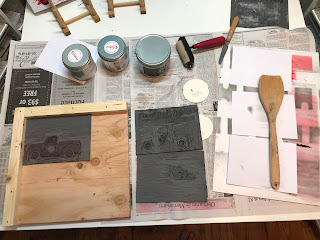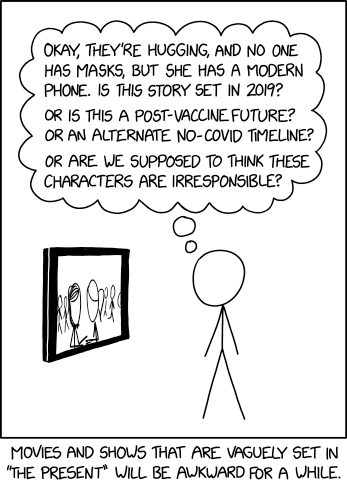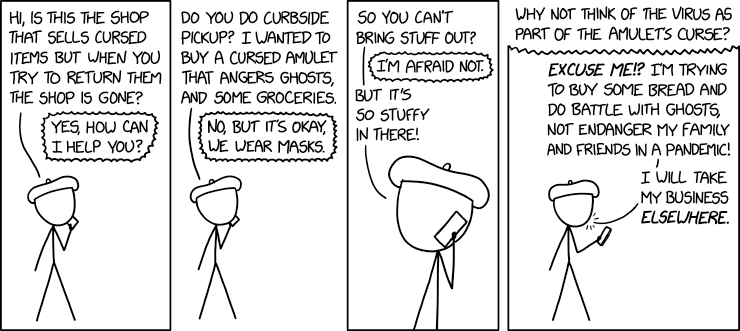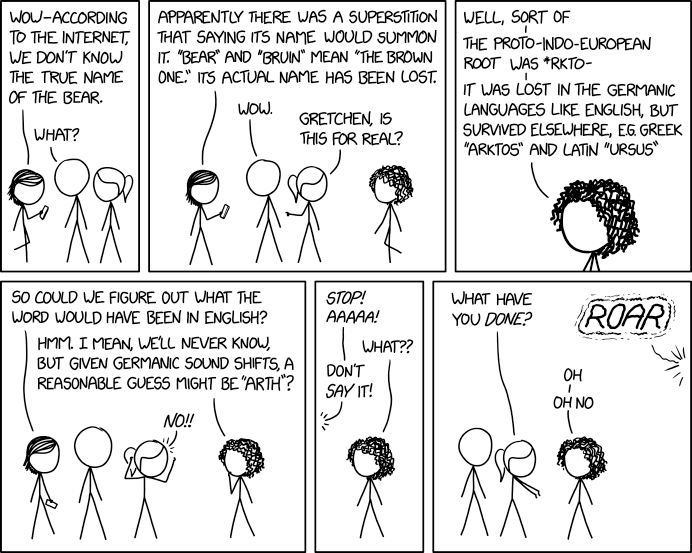 |
The wording on the sash is 70th in French. The unit's motto is Strike Swiftly.
|
As I have mentioned in some earlier posts I have dropped the idea of modeling my M4s as part of the 4th Armored Division. Instead they will be marked up for the 70th Tank Battalion, one of the 60 or so independent tank battalions that supported the infantry divisions.
Initially the 70th was a light tank battalion equipped with M5s. One of its four companies was deployed to Iceland the remainder participated in Operation Torch and fought through the Tunisian campaign. The 70th was assigned to support American, British and French units during this campaign.
Still designated a light tank battalion it participated in Operation Husky the invasion of Sicily. It primarily provided support to the 1st Infantry division for this operation. It was here that the battalion developed a "top down" attack on German armor. The 37mm main gun was not capable of defeating the frontal armor of most German armor. Tankers developed the technique to maneuver to higher ground so they could shoot at the top armor of German tanks.
From Sicily the 70th was pulled back to England and re-equipped as medium tank company with M4s in companies A, B and C with D Company keeping its M5s. It would participate in D-Day supporting the 4th Infantry Division on Utah beach and for most of the rest of the campaign in Europe. On D-Day companies A and B were equipped with M4A1 DD tanks while C Company was equipped with M4s with wading trunks. From here it becomes very interesting from a modeling standpoint.
On D-Day companies A, B & C had red numbers with a white outline while company D had solid white numbers. I have seen the numbers located on the turret (more towards the back of the turret and often on the turret bustle) and the hull side. On the hull side the numbers tend to be either centered on the hull (between the applique armor plates on the right side) or towards the rear of the hull side (just after the applique armor plate on the right). For D company the number was on the hull side, again towards the rear.
Some tanks, perhaps all at this date, had the Joe Peckerwood turtle mascot painted on the hull side more towards the front, often on the front applique armor plates. After this date replacement tanks tended to get solid white numbers and no mascot. From photos various details come to light. Small versions of the tank's number can often be seen on the armor plate that was used to cover the driver's direct vision slot (like A-1, B-12, C-5). The armor group information likewise sometimes appears on the bow gunner's armor plate (70 + hollow triangle). Sometimes this information appears on the lower glacias, sometimes its completely missing.
By the end of the war I have several pictures showing a wide variety of M4s making up the equipment of the 70th; M4A1(75), M4A1(76), M4, M4 Composite, M4A3(75), M4A3(76), M4A3E8, M4A3E2 and my personal favorite the M32B1 ARV. There are versions of these with and without the Summerfield matting that was used to attach camouflage. It really is carte blanche when it comes to modeling the 70th. This would be true of any independent tank battalion they weren't part of a division so they tended to get what ever was available as a replacement. Getting spare parts was hard because of this to the point the maintenance units just said they were with the 70th Tank Division just to get their hands on parts.
There are 1/35th scale decal sets available from both Star and Bison (Its odd but as near as I can tell these two companies are run by the same guy). I'll use those for reference. Company B has a small sheet of 1/56th scale decals but it only includes white stars, the red numbers, the Joe Peckerwood mascot decals and a pair of registration numbers. On top of that its listed, rather generically, as Sherman D-Day Markings. I'm musing on having a custom set of decals made, but I sometimes have problems with their decals which makes me leary of a custom set. Things to ponder, I still have STuGs and Jagdpanthers to finish before I get back to the Sherman fleet so no rush right now.































